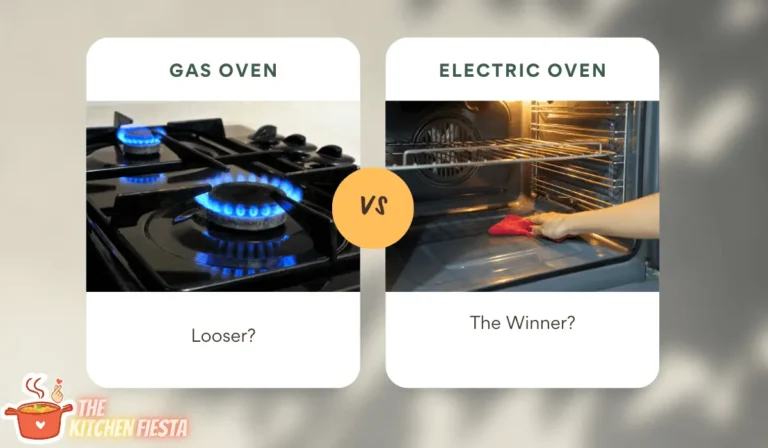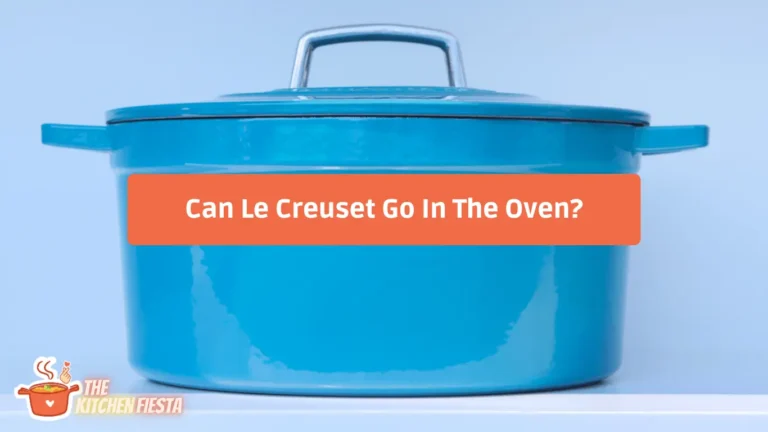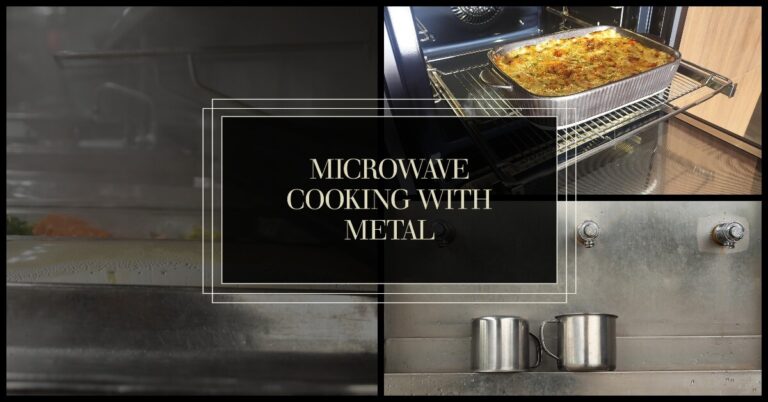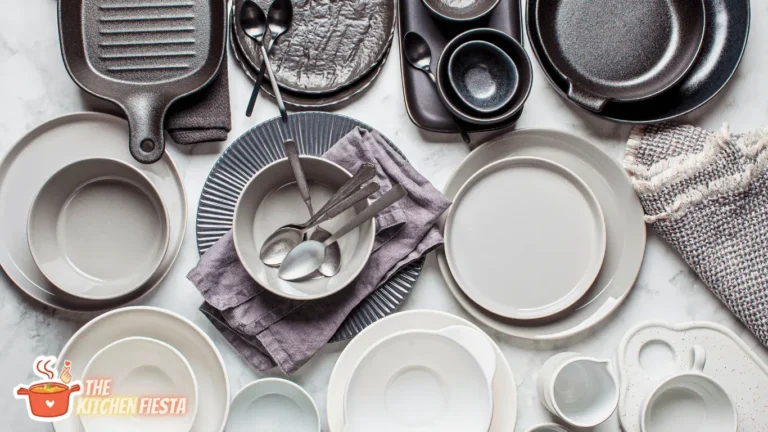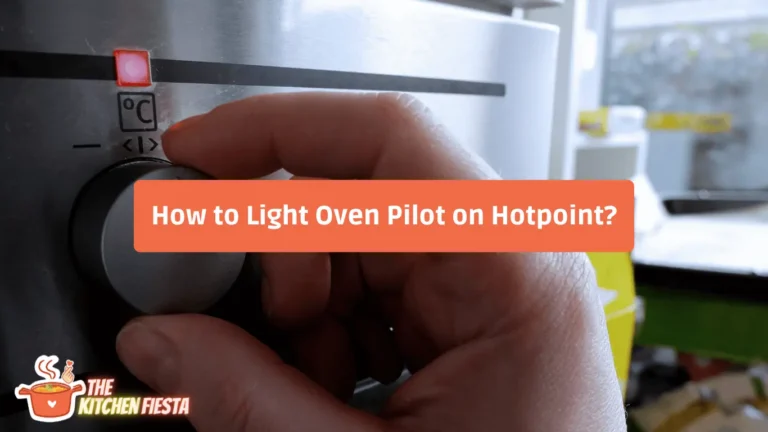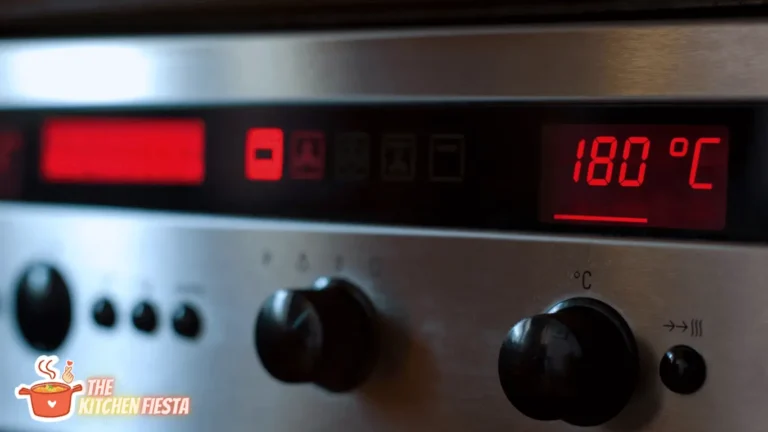Can You Use Aluminum Foil in a Microwave Convection Oven?
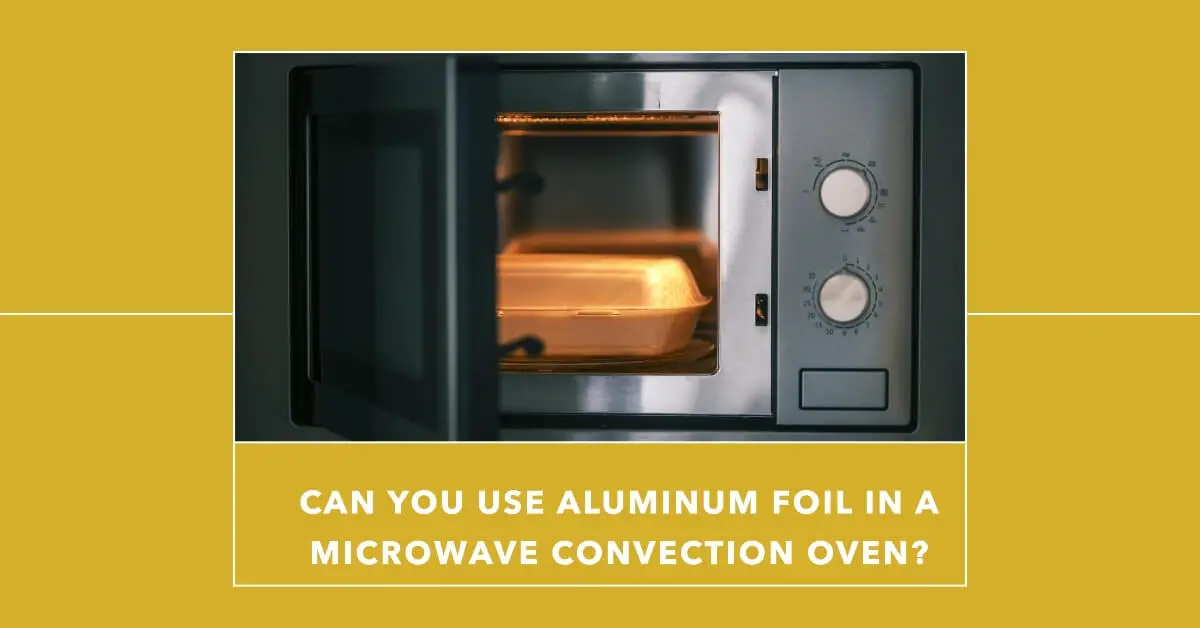
Cooking with a microwave convection oven brings speed and convenience to roasting, baking, and broiling. But is it safe to use aluminum foil in one of these popular appliances?
Can you use aluminum foil in a microwave convection oven? The short answer is yes, with some important caveats. Used properly, small amounts of foil can be helpful for shielding parts of food from overcooking or drying out. But foil can also lead to arcing or even fires if used incorrectly.
In this detailed guide, we’ll cover everything you need to know about safely using foil in a convection microwave oven, from proper technique to the best cookware options. You’ll learn:
- How microwave convection ovens work and why metal is problematic
- Guidelines for avoiding arcing and sparks with foil
- Smart ways to use foil that boost cooking results
- Which aluminum pans and dishes can be used
- Answers to common questions about foil in convection microwaves
Let’s dive in and uncover the nuances of using aluminum foil in these versatile countertop ovens!
What is a Microwave Convection Oven?
First, a quick primer on how a convection microwave oven differs from a traditional microwave.
A regular microwave oven relies solely on microwave energy to rapidly heat and cook food. The magnetron sends high-frequency waves that cause water molecules in food to vibrate, creating internal friction that warms the food.
A convection microwave combines a microwave with a convection heating element and fan. The convection part cooks food with hot swirling air, like a traditional oven. Many models allow you to use microwave, convection, or both together.
Convection microwave ovens offer speed and versatility beyond a basic microwave:
- Roast meats, bake casseroles, and broil as you would in a regular oven
- Cook food faster than an oven alone
- Achieve crispy and evenly browned results
- Use metal cookware not safe for microwaves
But the microwave component introduces some unique considerations when using metal cookware and accessories like aluminum foil.
Is It Safe to Use Aluminum Foil in a Microwave?
Let’s start with the microwave portion of the equation. Is aluminum foil safe to use in a microwave oven?
The answer is generally no. Metal and microwaves don’t mix well.
Aluminum foil can cause dangerous arcing inside the microwave. This occurs when sparks jump from the foil to the interior oven walls or other metal pieces.
Arcing can damage the microwave oven, especially sensitive components like the magnetron or control board. More concerning is the fire risk if arcing leads to ignition of food or the foil itself.
This is why you should never put aluminum foil directly on food or leave loose pieces of foil inside when microwaving.
Foil can also act as an antenna, intensifying the microwaves in unexpected ways. This can lead to uneven cooking, overheating, or burning of food.
So standard microwave safety rules apply. No aluminum foil should directly contact food or touch any interior oven surfaces when using the microwave setting.
Is Aluminum Foil Safe in a Convection Oven?
Unlike microwaving, using aluminum foil in a traditional convection or conventional oven is perfectly safe.
In fact, foil is commonly used in regular ovens for:
- Covering baking sheets and pans
- Lining the bottom of roasting pans
- Creating a foil packet for steaming vegetables
- Wrapping foods like baked potatoes and chicken
- Covering leftovers to reheat
- Tenting foil over dishes to prevent overbrowning
The hot air convection oven relies solely on circulating dry heat, not microwave energy. Aluminum foil doesn’t cause issues in this environment.
So aluminum foil on its own is safe for convection cooking. But convection microwave ovens introduce another layer of complexity.
Guidelines for Using Foil in a Convection Microwave
Given the microwave risks but convection oven safety, how do you approach aluminum foil in a convection microwave?
The key is minimizing foil while harnessing its useful capabilities. Here are some guidelines:
- Use very small pieces of foil pressed directly on food, not large sheets
- Keep all foil at least 1 inch from interior oven walls and top
- Avoid loose pieces or balls of foil sitting in the oven
- Choose foil pans specifically designed as microwave-safe
- Foil should not take the place of proper microwave cookware
With care, small targeted foil usage can help:
- Shield thinner areas of meat or fish to prevent overcooking
- Cover just the crispy edges or tips of a food item
- Wrap individual baked potatoes halfway through cooking
- Prevent casserole edges and cavities like chicken wings from overbrowning
But again, use foil sparingly and keep a buffer from oven surfaces. Never microwave an item fully covered in foil.
Tips for Cooking with Foil in a Convection Microwave
Here are some examples of strategic foil use that can boost convection microwave cooking:
Shield Chicken Wings and Legs
Chicken wings and drumsticks often overcook and dry out before the thicker parts are done.
- Tear off a small piece of foil just bigger than the wing tip or end of the drumstick
- Wrap tightly around the thinner area, pressing the foil close to the food
- Microwave on convection mode until the shielded parts are fully cooked
This blocks some microwave waves and insulates these sections from the hot air convection.
Make Foil Packets for Vegetables
Steaming in a foil packet retains moisture beautifully.
- Place vegetables like green beans or broccoli florets on a large sheet of foil
- Add seasonings or a bit of water/stock
- Seal into a tight packet, leaving room inside for steam to circulate
- Cook on convection mode, flipping packet halfway through
The foil allows cooking via steam while preventing drying out. Open carefully to avoid steam burns.
Cover Casserole Dish Edges
Sometimes the edges of casseroles over-brown before the middle is cooked through.
- Use small foil strips to cover just the outer edges of the casserole dish
- Cook on convection microwave mode, checking for doneness
- Remove strips for last 5-10 minutes to evenly brown
This shields the most exposed areas from getting too crispy.
Wrap Baked Potatoes
Starting a large baked potato in the microwave then finishing in the oven is a great technique. The microwave cooks it fast while the oven makes the skin crispy.
- Pierce potato several times and microwave on high for 4-5 minutes
- Wrap potato in foil and place on oven rack
- Cook at 400F on convection mode for 40-50 minutes
The foil maintains moisture while the hot air crisps up the skin through the foil.
Tent Foil over Casseroles and Roasts
Preventing the top surface of casseroles and roasted meat from drying out can be tricky.
- Cover dish or roasting pan loosely with a sheet of foil
- Tent it so the foil isn’t touching the food
- Cook on convection setting and remove foil at the end if browning is desired
The foil traps in steam and moisture but stays lifted above the food.
FAQs about Aluminum Foil in Convection Microwaves
Here are answers to some common questions about using foil in a convection microwave:
Is It Safe to Microwave Aluminum Foil Pans?
Special aluminum pans designed for the microwave like steam table pans can be used. Avoid aluminum cake, muffin, or loaf pans unless labeled microwave-safe. Those may cause arcing.
Can I Use Foil to Cover an Entire Baked Dish?
It’s best not to foil over an entire casserole or baking dish, especially larger sheets. Use small strips just where needed to prevent over-browning edges or poke holes in a sheet for some direct exposure.
What Happens if Foil Accidentally Touches the Microwave Interior?
Immediately stop the microwave if you see sparks. Do not run it with any foil touching the sides or top. The arcing could damage the magnetron tube or other components over time.
Guidelines for Metal and Aluminum Cookware
In addition to foil, what about metal bakeware and cookware in a convection microwave?
Thinner aluminum pans without exposed edges are usually fine, including:
- Disposable aluminum steam table pans
- Aluminum pie pans and loaf pans without large rims
- Small aluminum baking sheets for cookies
Avoid large metal casserole dishes, rimmed baking sheets, steel or cast iron pans, or any cookware with pointed corners that could cause arcing.
Always check your owner’s manual, as some convection microwave models specify certain size restrictions or minimum distances from oven walls for metal cookware.
In general, use microwave-safe ceramic, glass, or silicone pans as your regular cookware unless your recipe calls for a specific metal baking dish. Combining metal and microwave modes is safest in limited amounts.
Key Takeaways on Aluminum Foil in Convection Microwaves
Can you use aluminum foil in a microwave convection oven? Yes, with care:
- Never directly microwave foil and avoid large sheets
- Use very small pieces pressed to food as shielding
- Keep all foil at least 1 inch from interior surfaces
- Foil pockets and packets work well for steaming
- Cover just the edges of dishes or wrapped items
- Tent foil above food to retain moisture
With smart usage, aluminum foil can provide some assistance to microwave convection cooking. But microwave-safe cookware and glass or ceramic baking dishes are best for these versatile ovens.
Carefully using foil along with the speed of the microwave and the browning of convection heating allows you to achieve the convenience, versatility, and great results these appliances offer.
Now that you understand the nuances of microwave convection cooking, it’s time to start foil-ing your way to faster and better meals!

